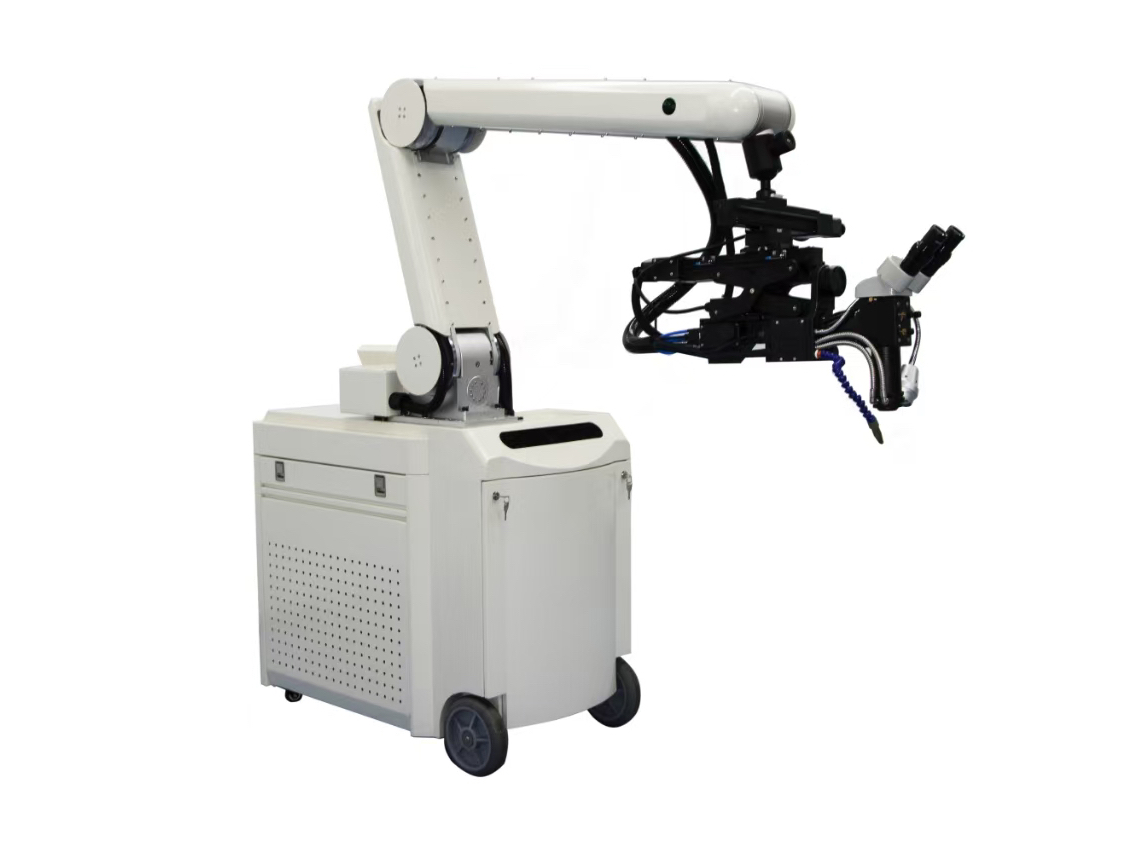- No.609, Centre Of Huijin Nanxiang, Yinxiang Road, Nanxiang Town, Jiading District, Shanghai, China
- sherry@sanmachines.com
- +86-18616767021
Understanding CO2 Lasers!
Have you ever wondered how lasers revolutionized everything from surgery to cutting metal? This article dives into the fascinating world of CO2 lasers, explaining their principles and structure. By reading, you’ll uncover how these powerful tools work. Get ready to explore the marvels of CO2 laser technology!
Laser Devices
There are many types of lasers. Below, we will categorize and introduce them based on the laser working material, excitation method, and operation mode.
(1) By working material
① Solid (crystal and glass) lasers;
② Gas lasers, further divided into atomic gas lasers, ion gas lasers, molecular gas lasers, and quasi-molecular gas lasers;
③ Liquid lasers, the working materials of which primarily include two types: organic fluorescent dye solutions and inorganic compound solutions containing rare earth metal ions;
④ Semiconductor lasers;
⑤ Free-electron lasers.
(2) By excitation method
① Optically pumped lasers;
② Electrically excited lasers;
③ Chemical lasers;
④ Nuclear pumped lasers.
(3) By operation mode
① Continuous lasers;
② Single-pulse lasers;
③ Repetitive pulse lasers;
④ Modulated lasers;
⑤ Mode-locked lasers;
⑥ Single-mode and frequency-stable lasers;
⑦ Tunable lasers.
The Principle of CO2 Lasers
· Basic Structure of a CO2 Laser
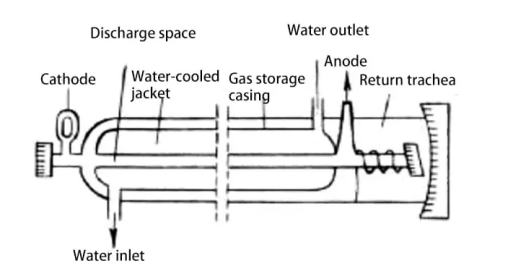
Figure 1: Basic Structure of a CO2 Laser
① Laser Tube
This is the most critical part of the laser. It is usually made up of three parts (as shown in Figure 1): the discharge space (discharge tube), the water cooling jacket (tube), and the gas reservoir.
② Optical Resonator
The optical resonator is composed of a total reflection mirror and a partial reflection mirror, making up a crucial part of the CO2 laser.
③ Power Supply and Pump
· Basic Operating Principle of CO2 Laser
As shown in Figure 2, the diagram illustrates the molecular energy levels responsible for laser generation in a CO2 laser.
The excitation process of the CO2 laser, as can be discerned from Figure 2, mainly involves three gases: CO2, nitrogen, and helium. CO2 is the gas that produces laser radiation, while nitrogen and helium serve as auxiliary gases.
The helium serves two purposes: it accelerates the thermal relaxation process of the 010 level, which aids in the extraction from the 100 and 020 levels and facilitates effective heat transfer.
The introduction of nitrogen primarily facilitates energy transfer in the CO2 laser, contributing significantly to the accumulation of particles at the upper energy levels of CO2 laser and the output of high-power, high-efficiency lasers.
The pump employs continuous DC power excitation. Its DC power principle involves transforming the connected AC voltage using a transformer, then rectifying and filtering the high voltage to apply it to the laser tube.
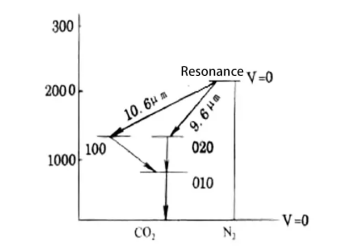
Figure 2: CO2 Molecular Laser Energy Level Transition Diagram
The CO2 laser is a high-efficiency laser that minimizes damage to the working medium. It emits an invisible laser with a wavelength of 10.6μm, making it an ideal laser.
The basic operating principle of the CO2 laser is similar to other molecular lasers, with the stimulated emission process being rather complex.
The molecule has three different movements: the electrons’ movement within the molecule, which determines the molecule’s electronic energy state; the atoms’ vibrations within the molecule, i.e., atoms oscillating periodically around their equilibrium positions, determining the vibrational energy state of the molecule; and the rotation of the molecule, i.e., the continuous rotation of the molecule in space as a whole, determining the rotational energy state of the molecule.
Molecular movements are extremely complex, hence the complexity of the energy levels.
Laser Generation in CO2 Laser: In the discharge tube, a DC current of several tens to hundreds of milliamperes is typically input.
During discharge, the nitrogen molecules in the mixed gas within the discharge tube are excited due to electron collision. The excited nitrogen molecules then collide with CO2 molecules.
The N2 molecule transfers its energy to the CO2 molecule, causing the CO2 molecule to transition from a lower energy level to a higher one, resulting in a population inversion and, consequently, laser generation.
Related product links


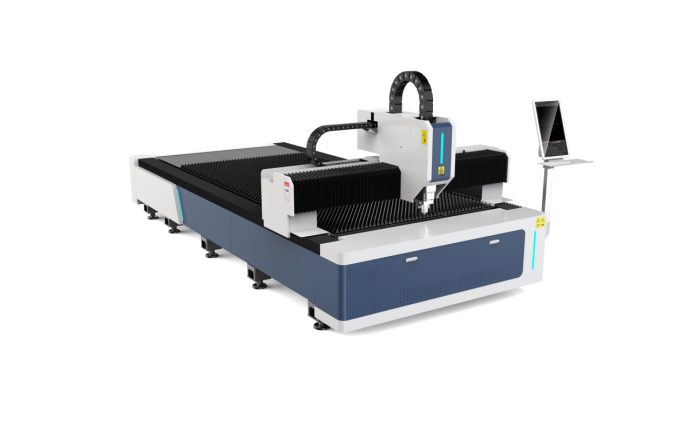
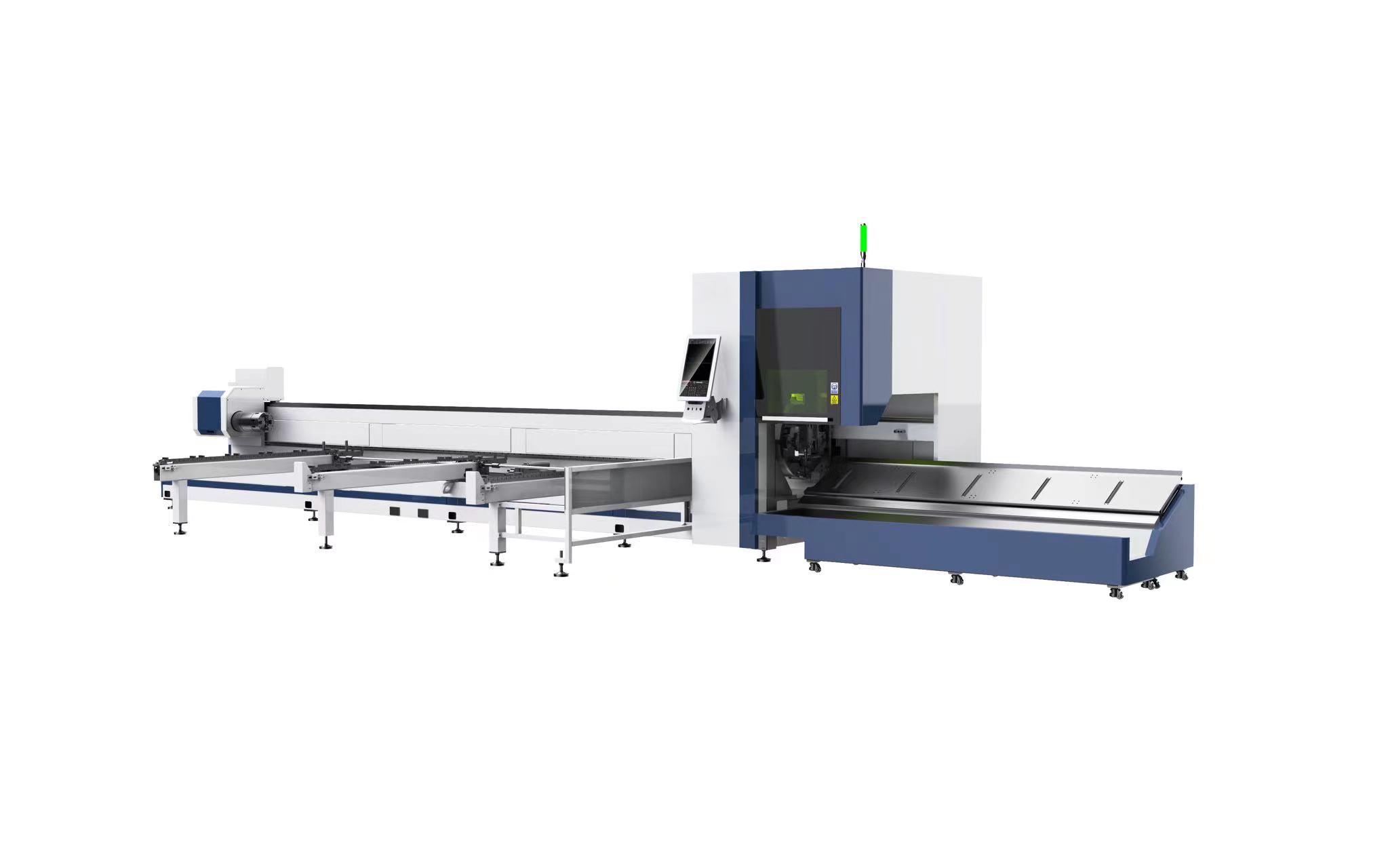
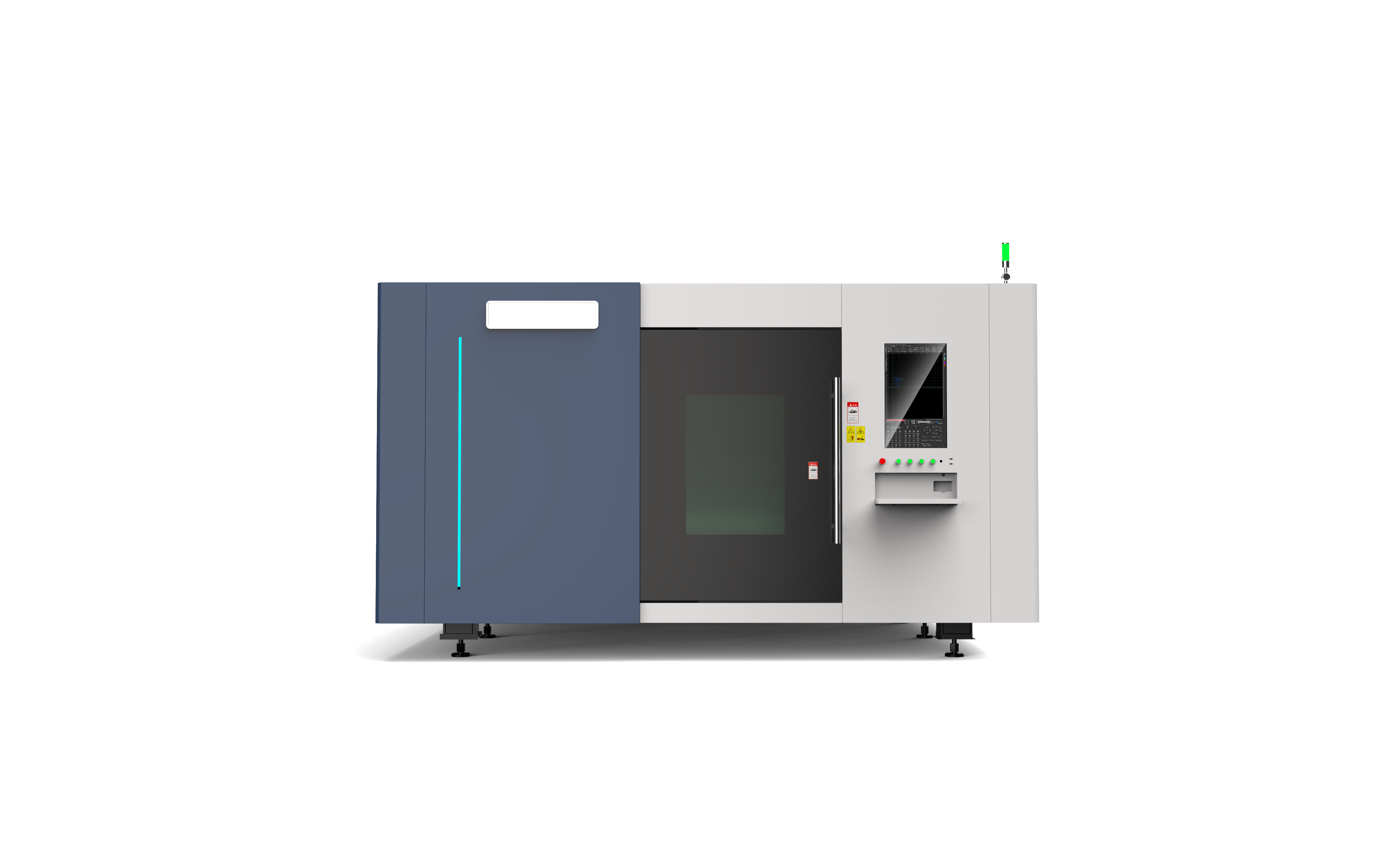


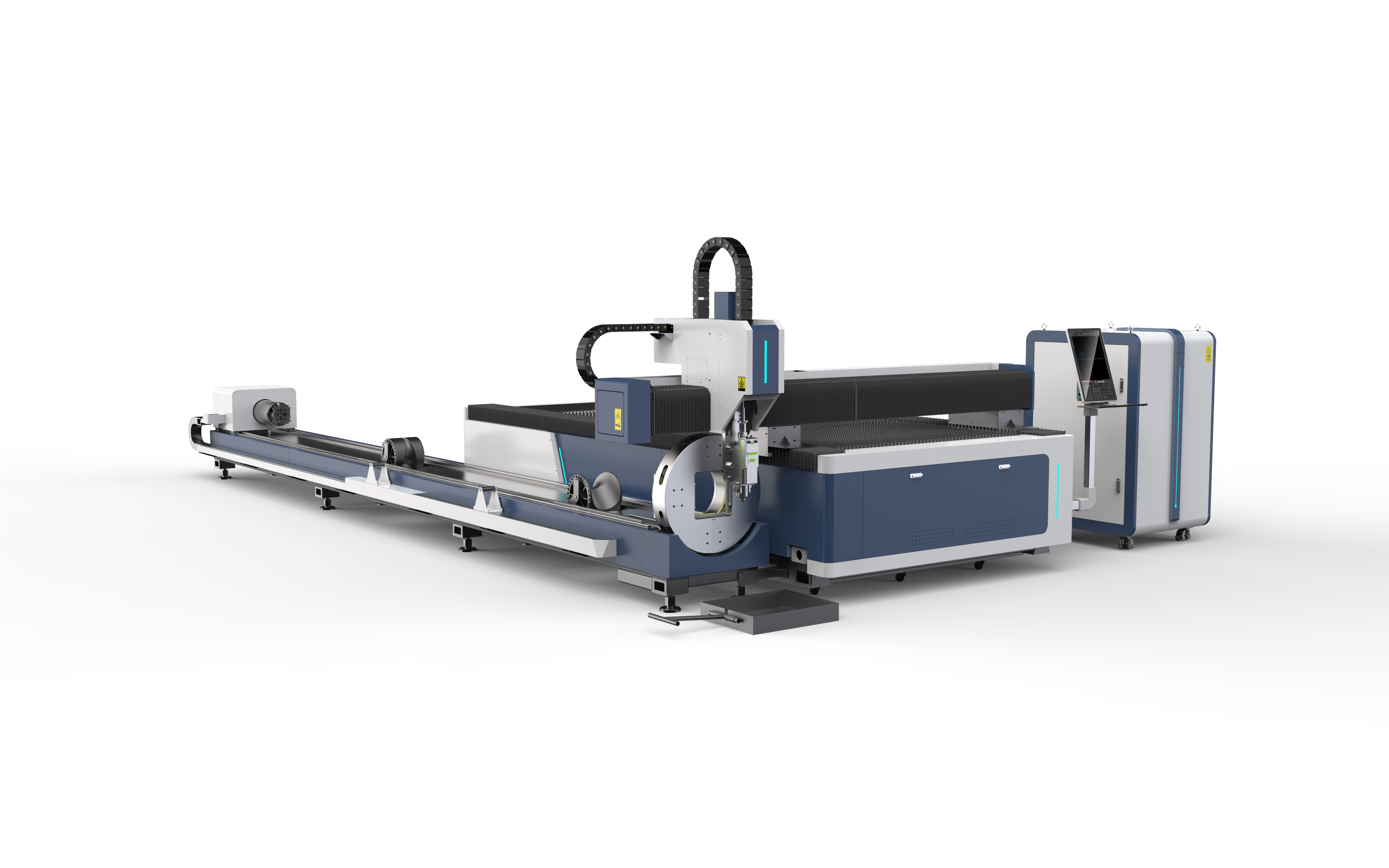
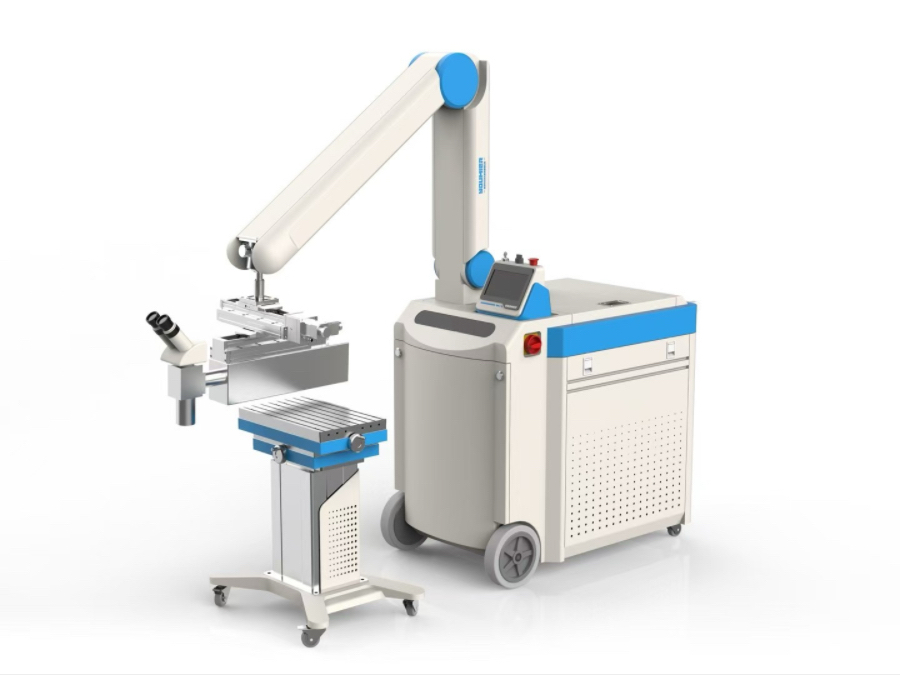
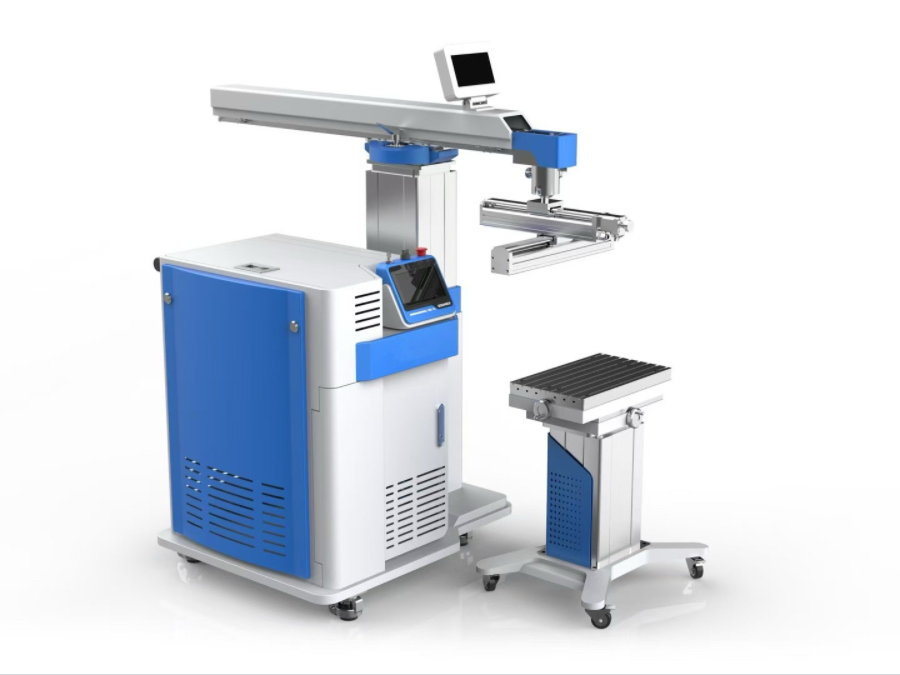
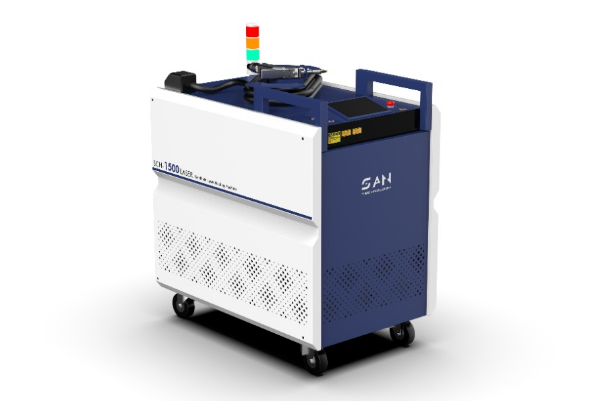
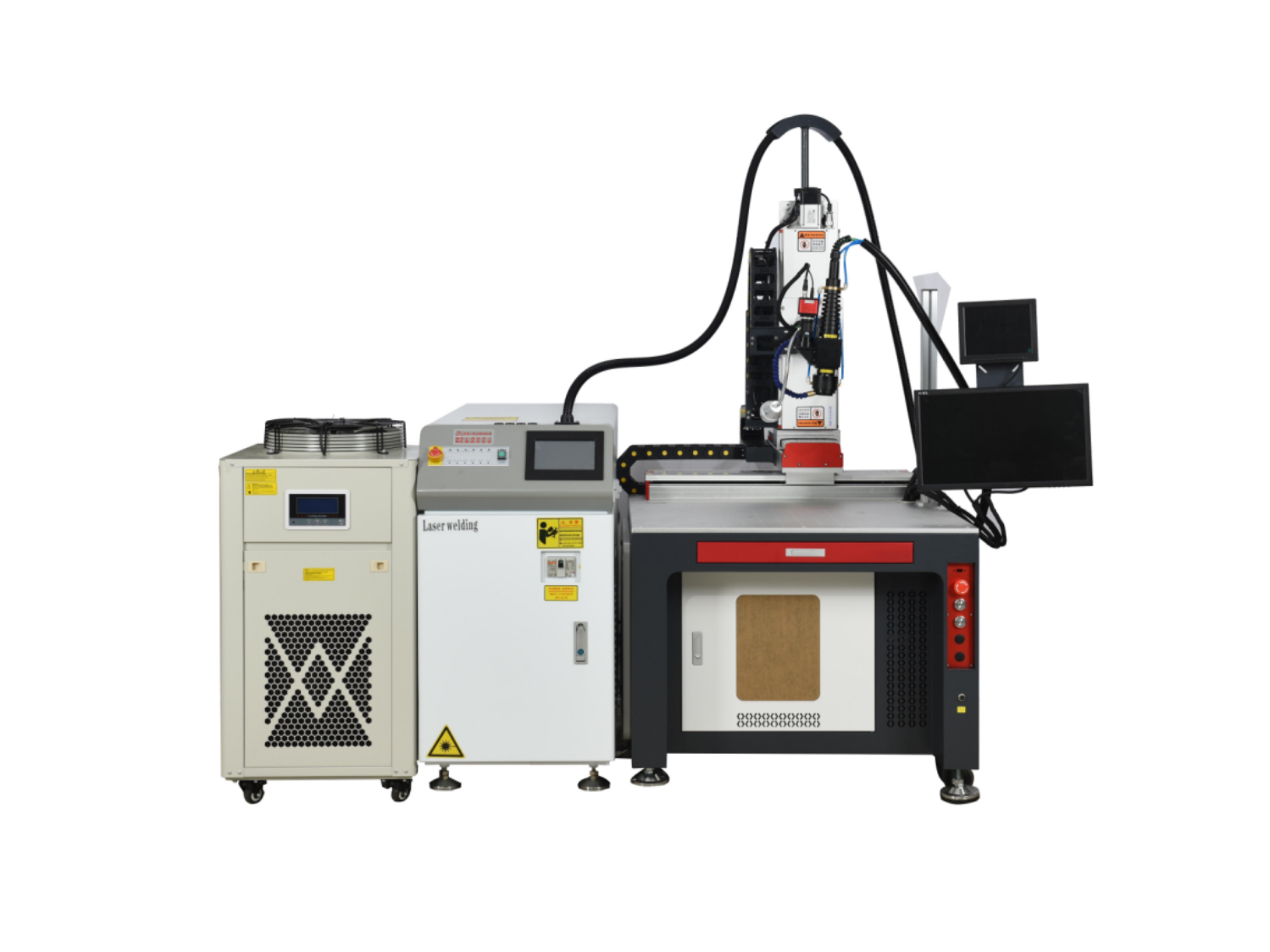
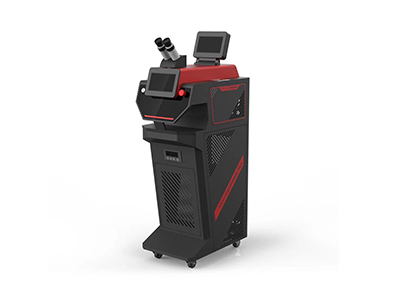
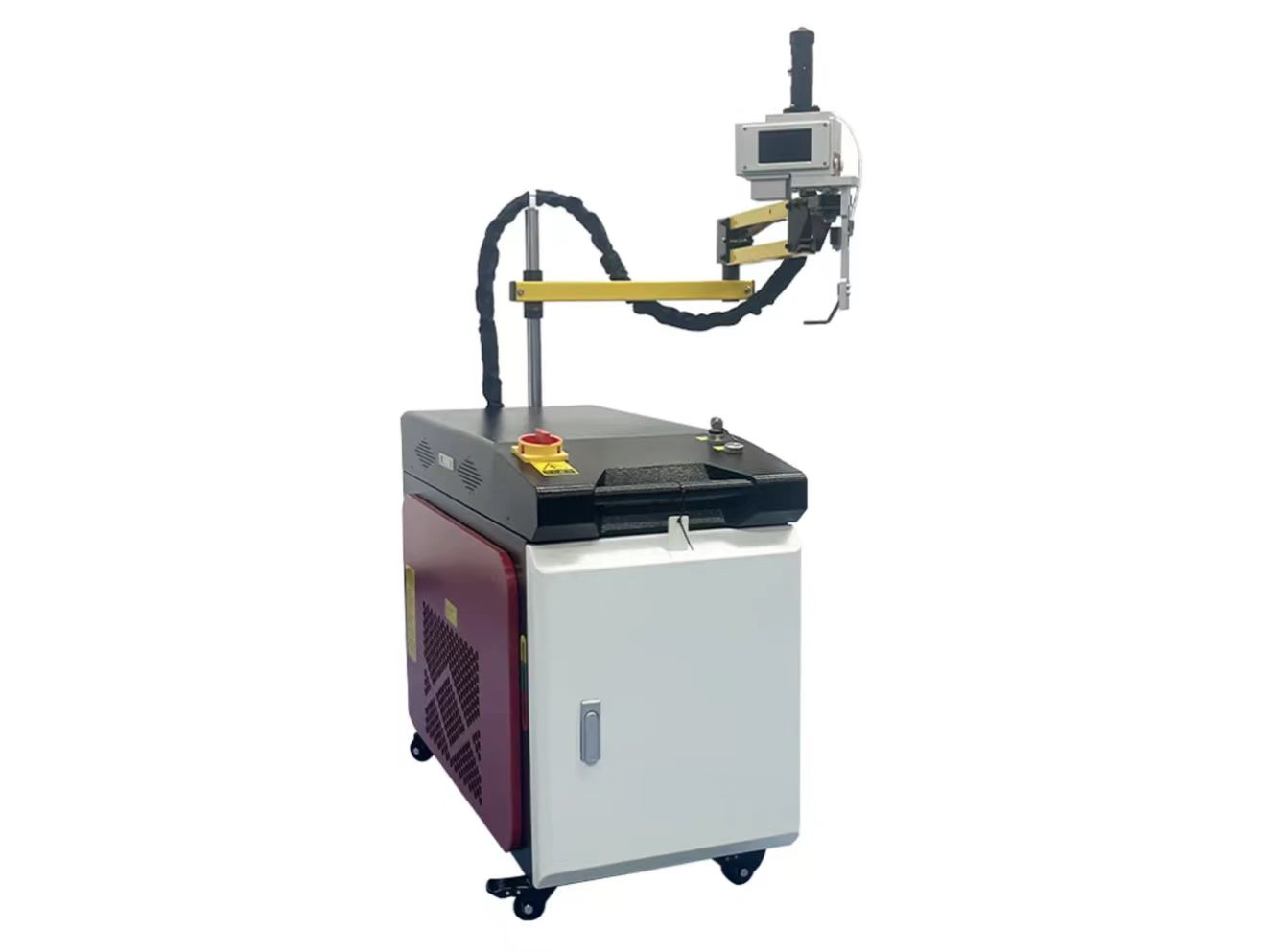
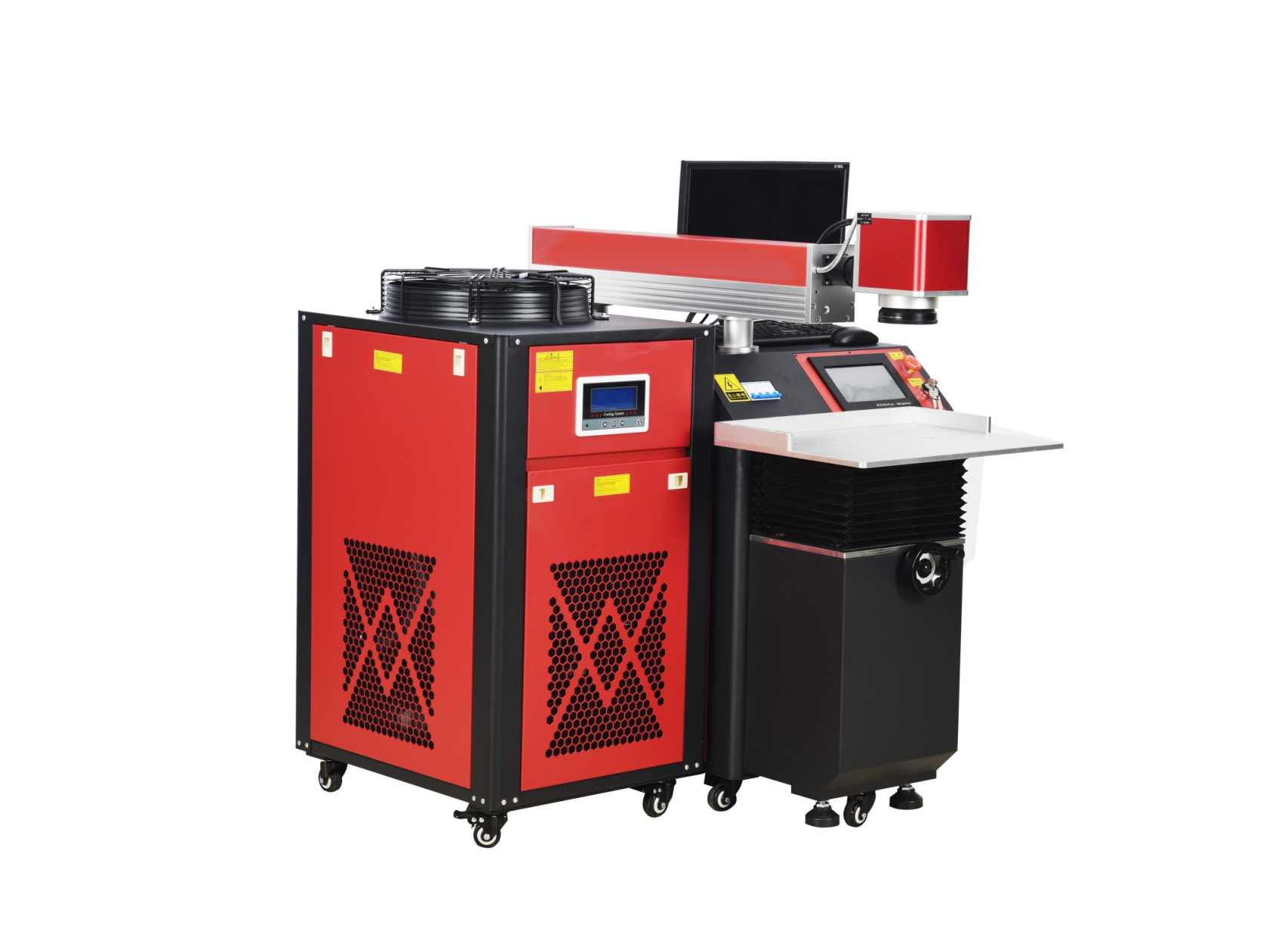
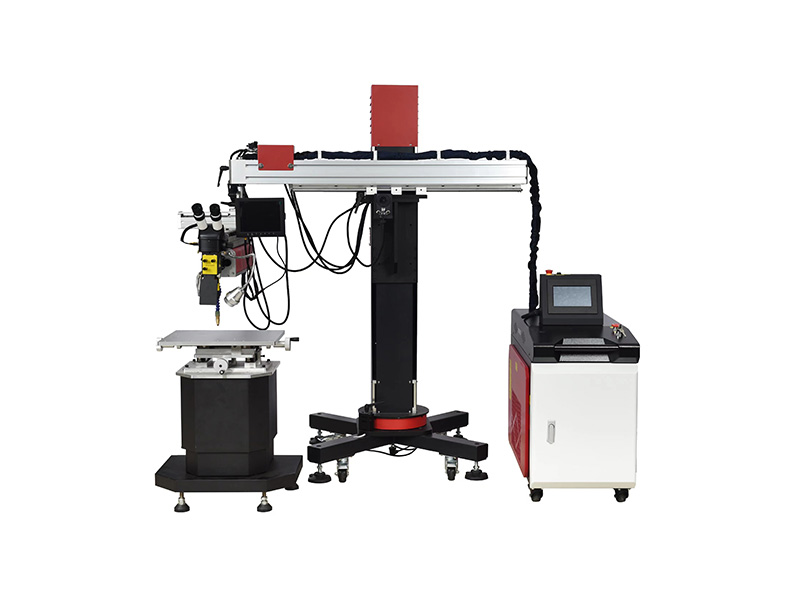
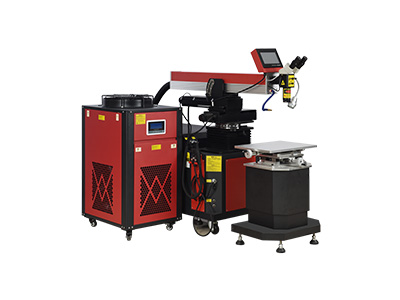

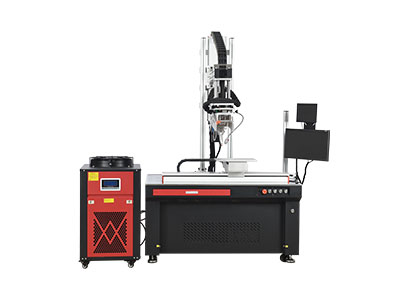
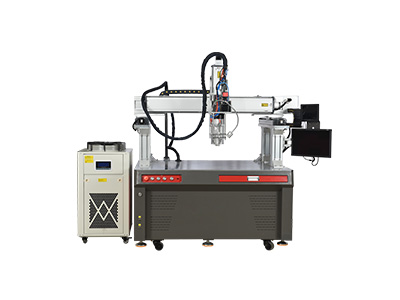
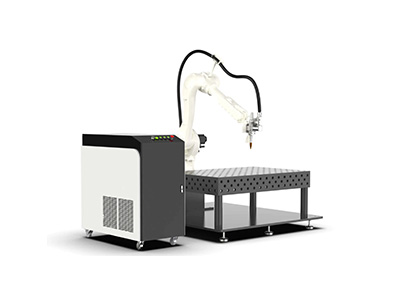
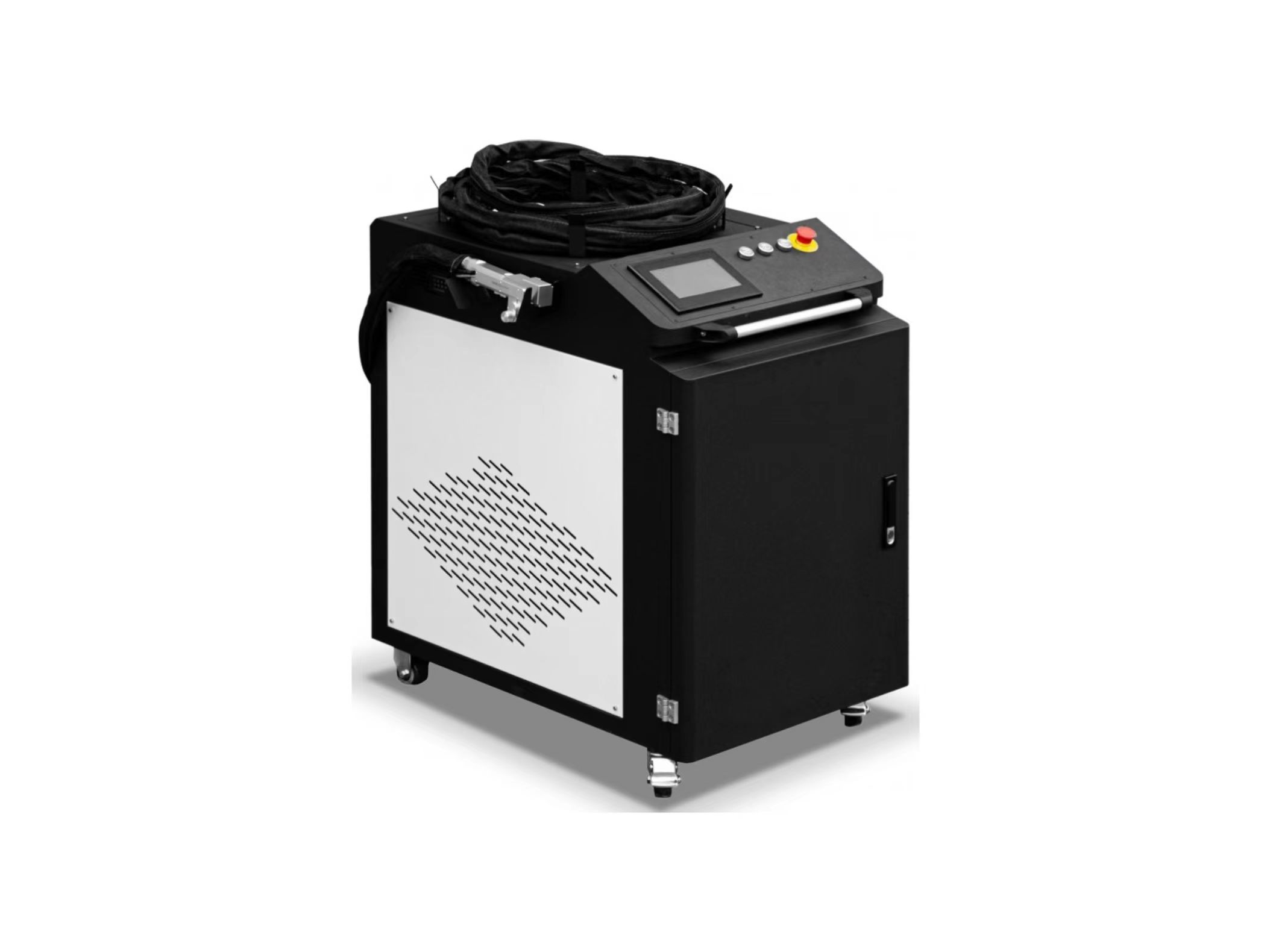
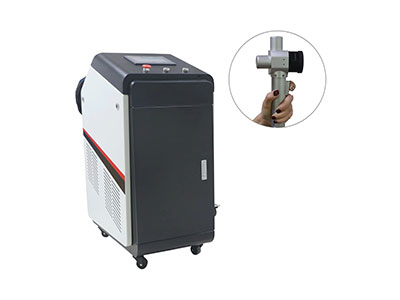
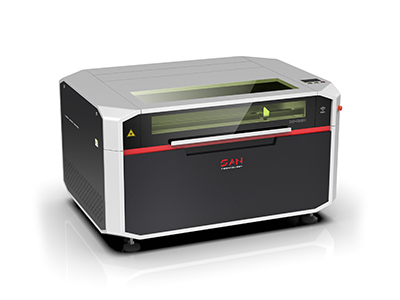
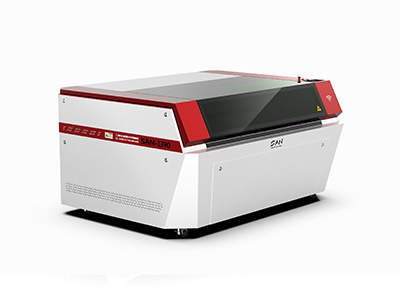
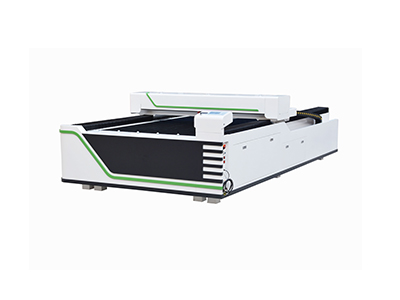
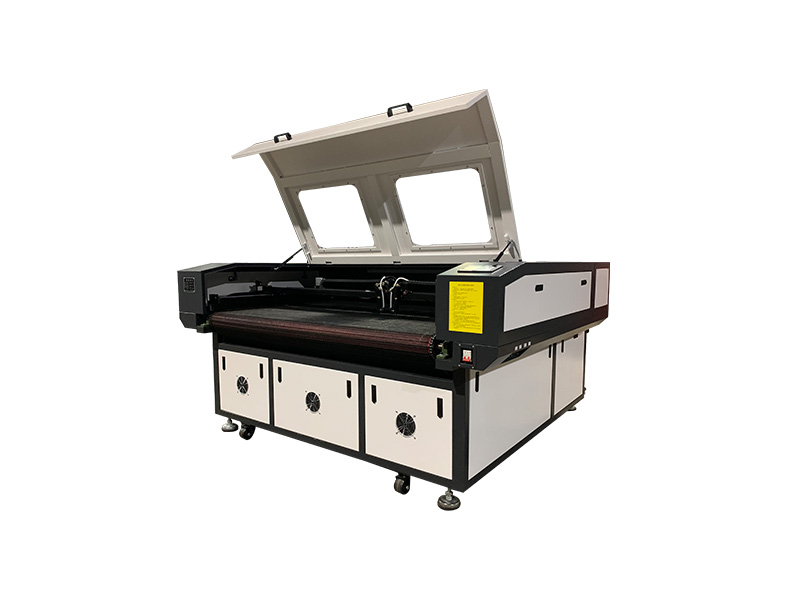
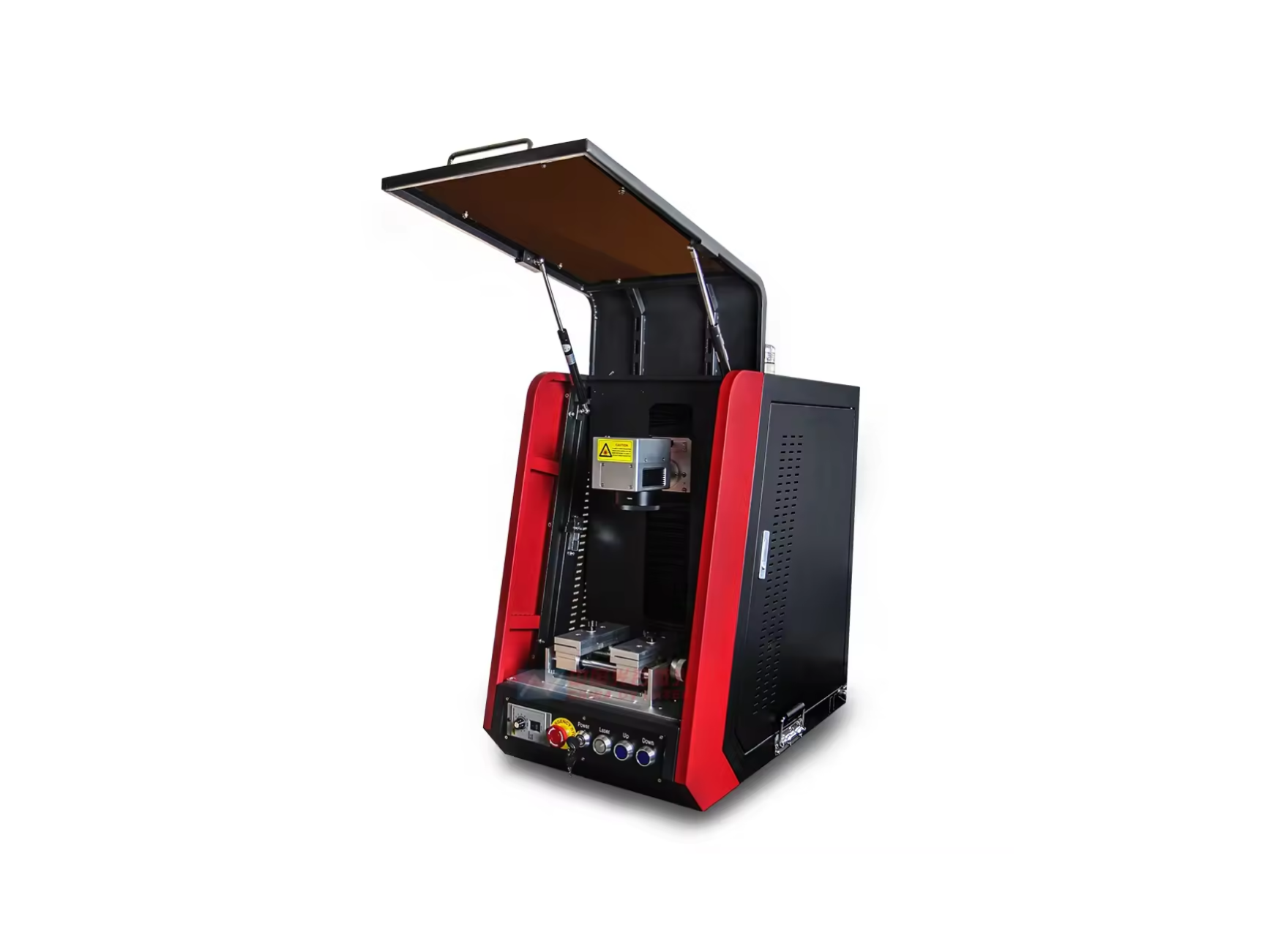
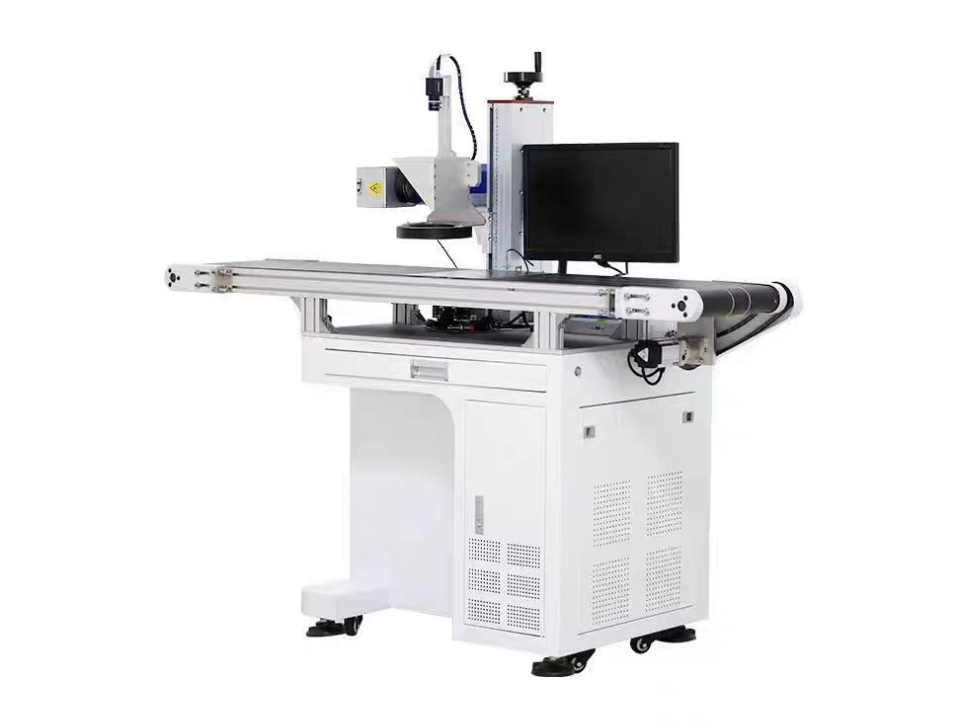
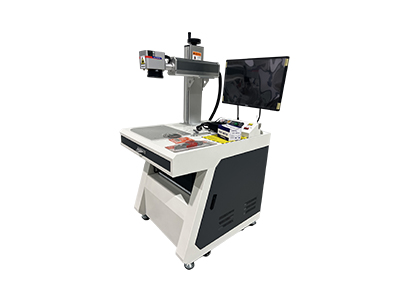
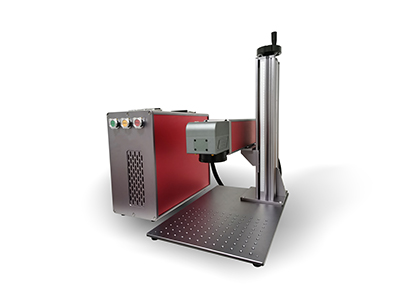
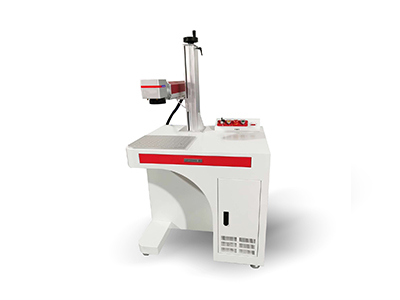
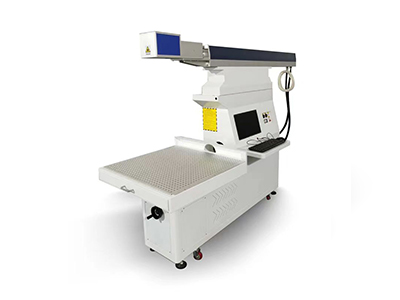
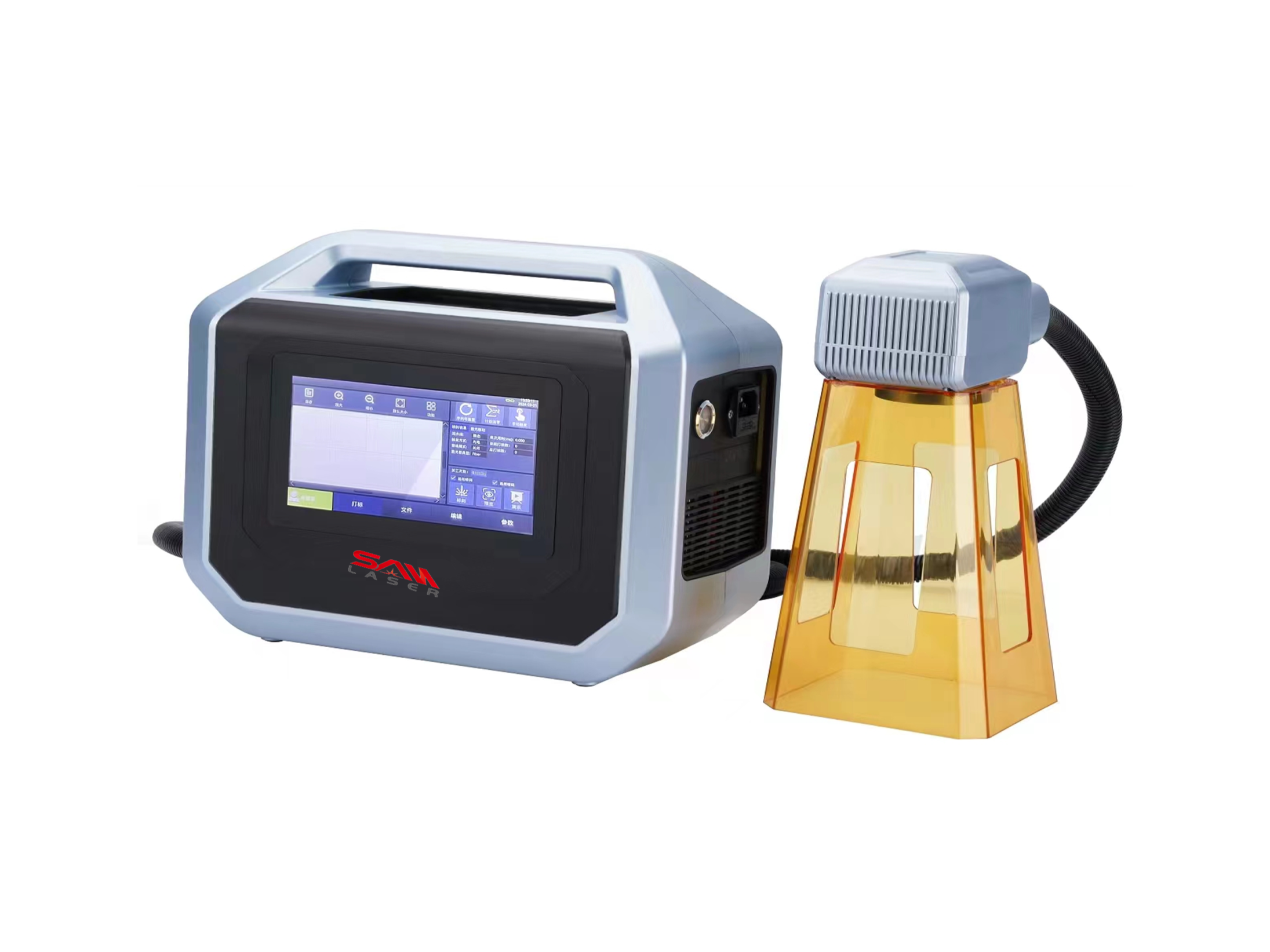
 Cutter News
Cutter News
